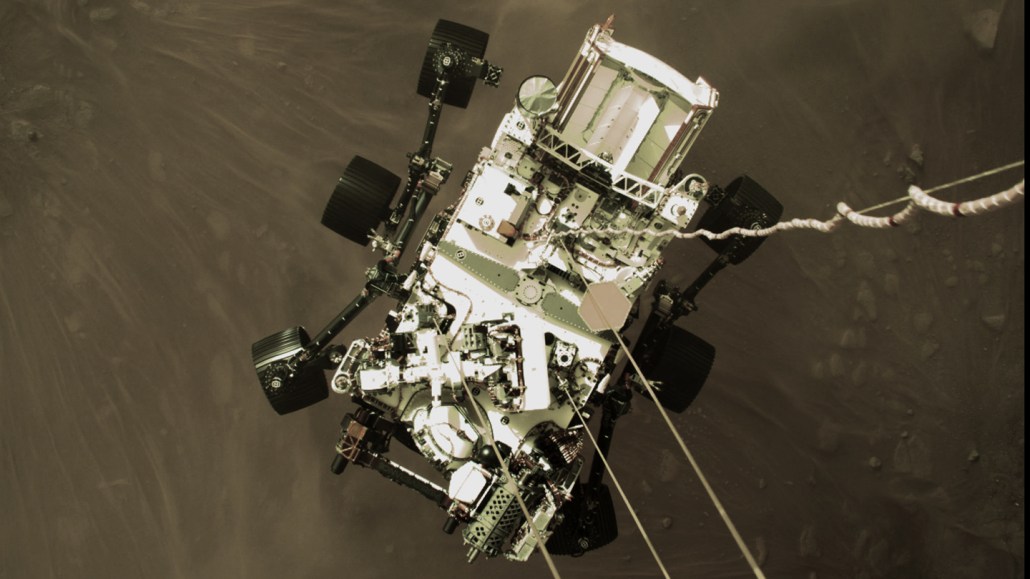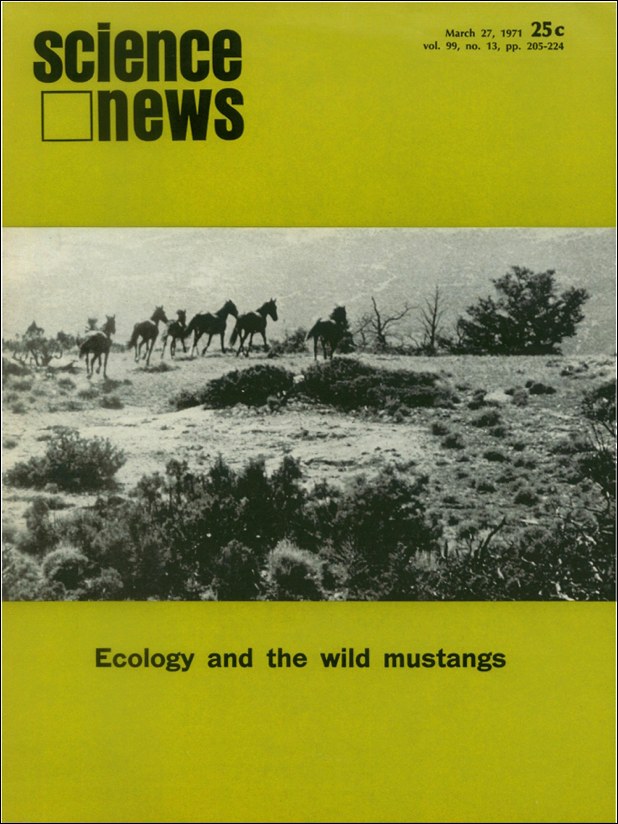50 years ago, experiments hinted at the possibility of life on Mars
Excerpt from the March 27, 1971 issue of Science News

On February 18, NASA’s Perseverance rover landed on Mars to collect rocks that might contain signs of ancient microbial life. The rover can be seen parachuting to the planet’s surface in this image taken by a camera aboard the descent stage.
JPL-Caltech/NASA








